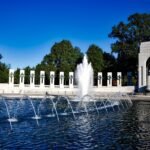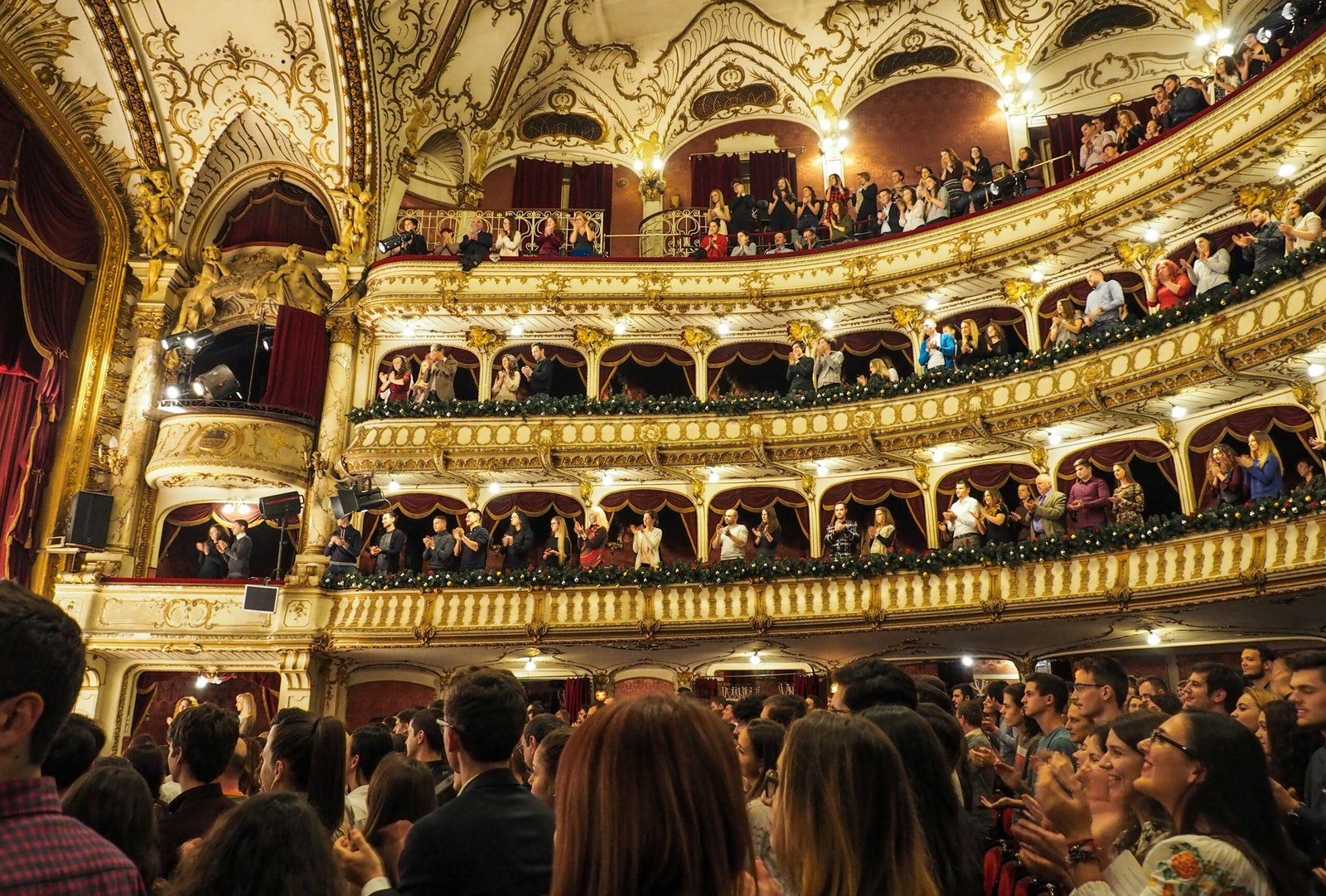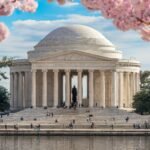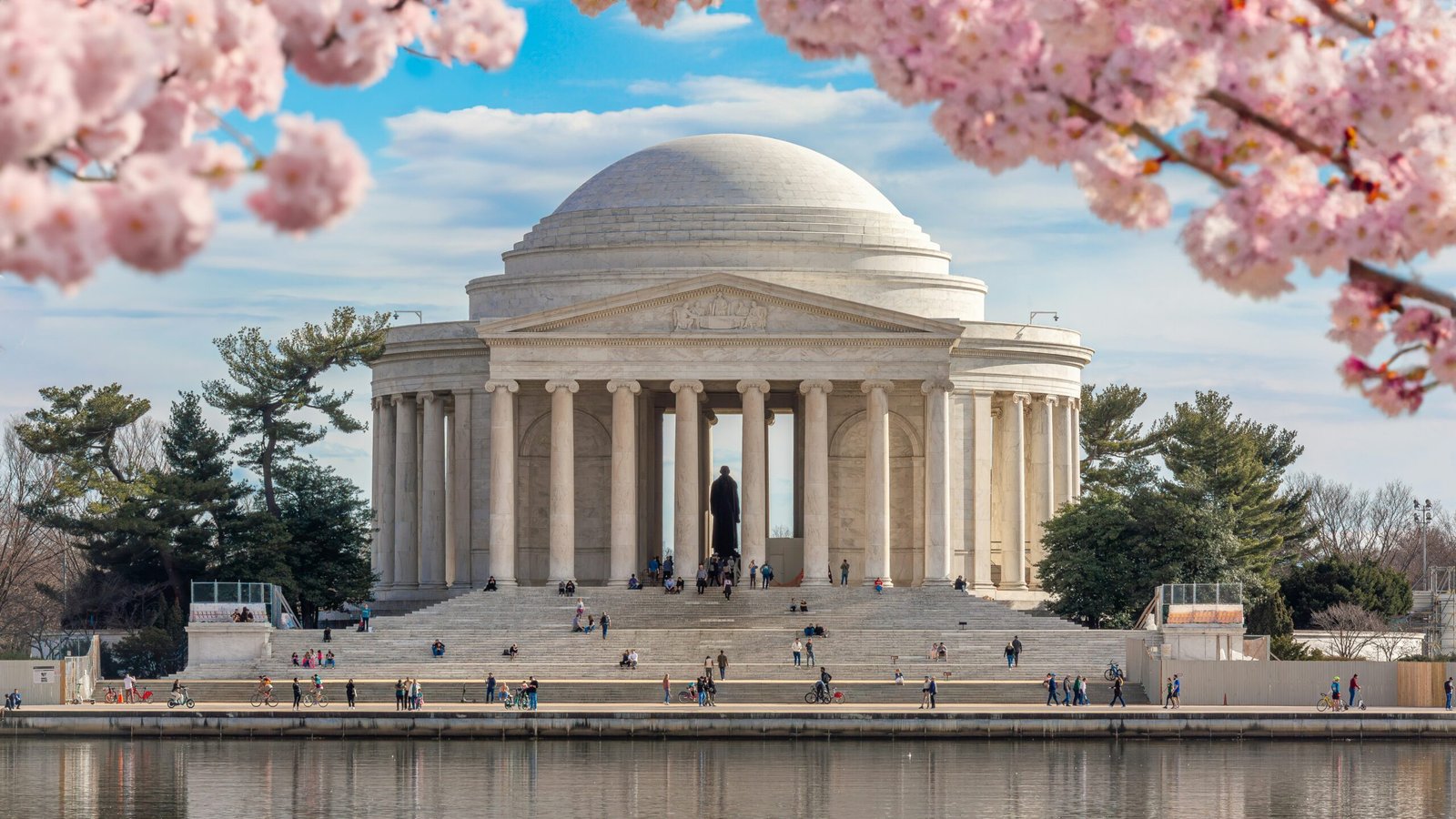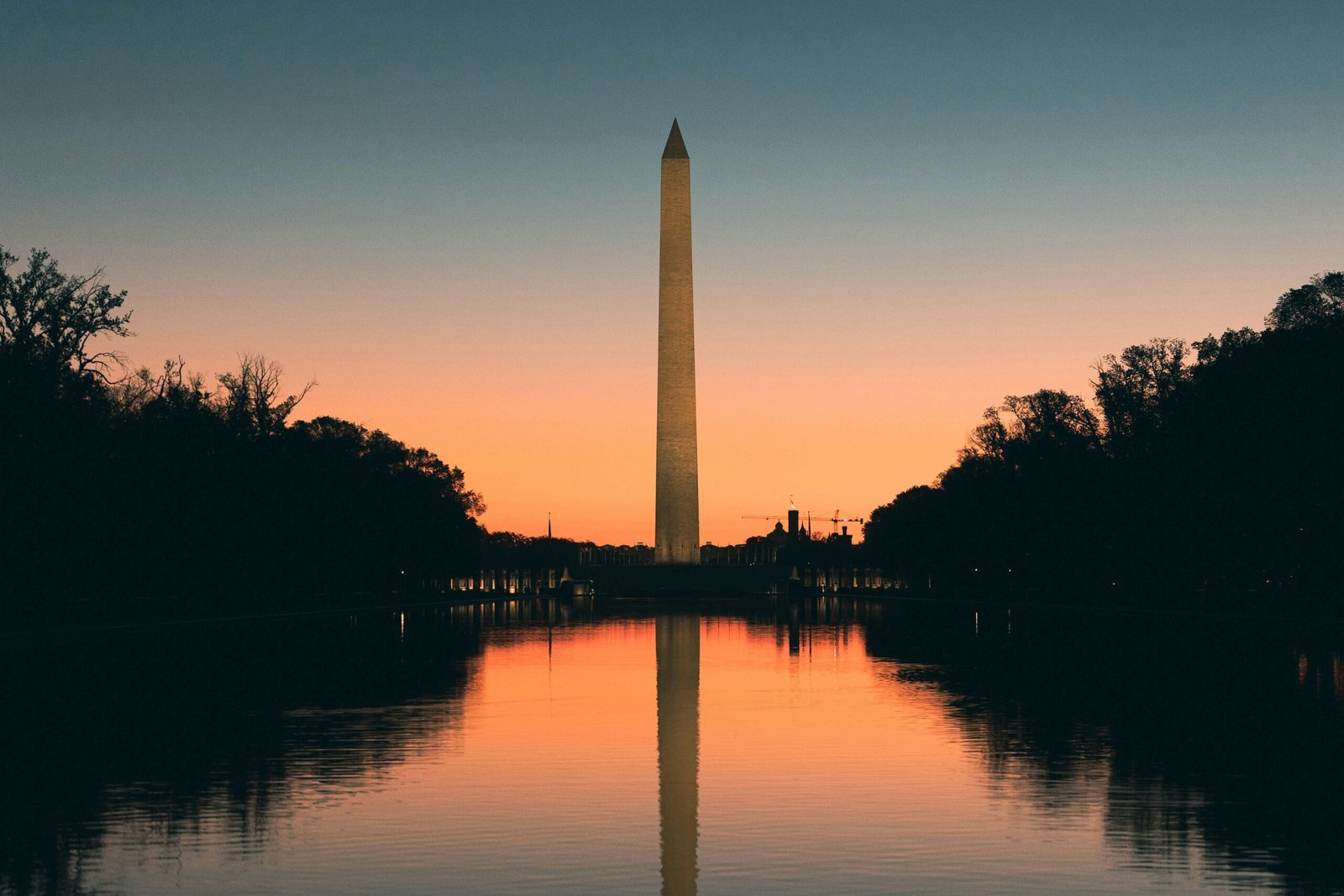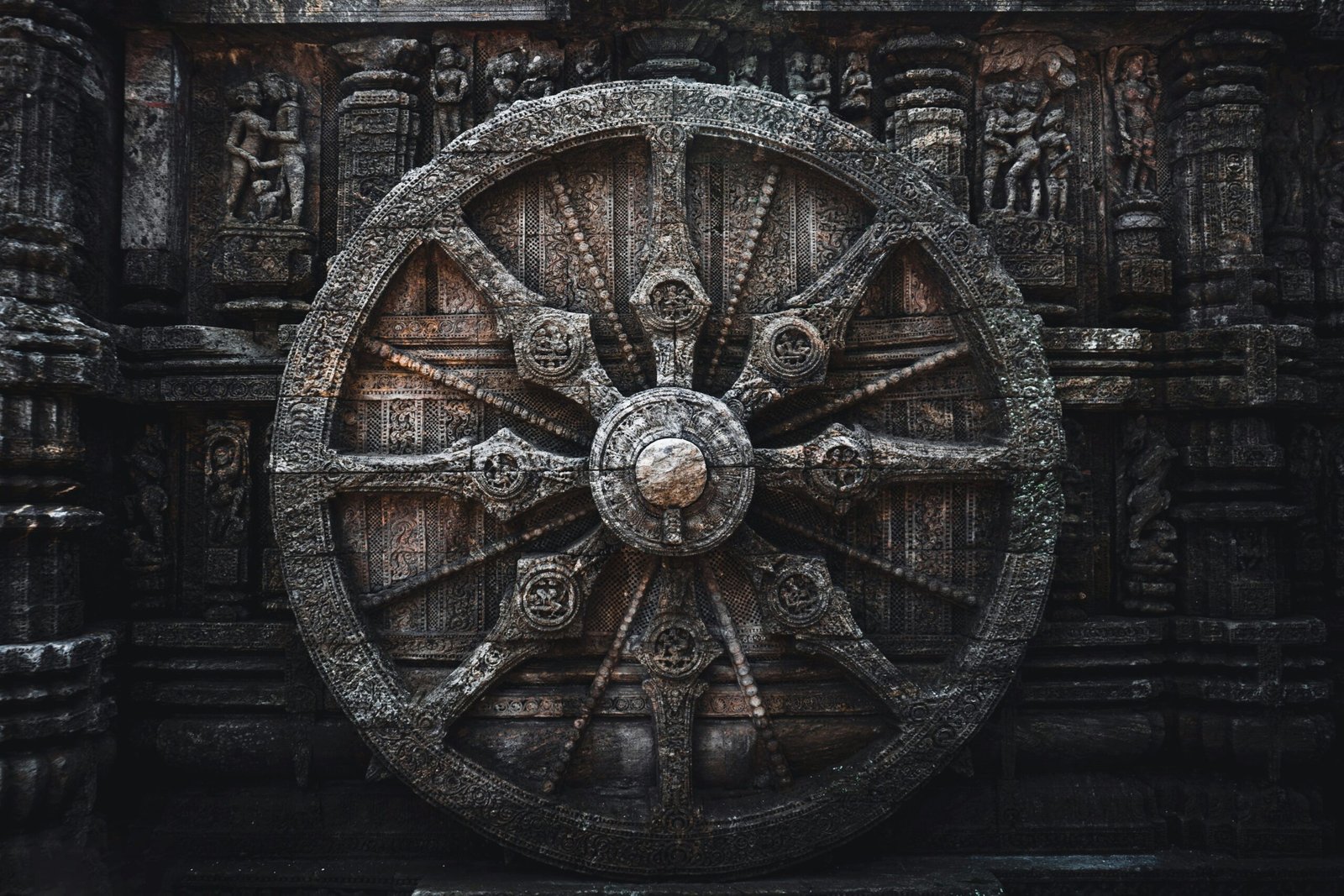Discover the Jefferson Memorial: A Symbol of Democracy
Built in the early 20th century, it reflects Jefferson’s ideals of liberty and equality, as outlined in the Declaration of Independence. This monument emerged during a time when Americans sought to celebrate their national identity and democratic principles.
Leaders and architects recognized the importance of honoring Jefferson’s contributions to the United States. They believed a memorial was essential to highlight his dedication to democracy and human rights. The vision also aimed to inspire civic engagement and public service, aligning with Jefferson’s legacy.
Key figures like architect John Russell Pope played a crucial role in designing the memorial. Its neoclassical architecture draws inspiration from ancient Greece and Rome, symbolizing timeless values of democracy and governance. This deliberate design choice connects Jefferson’s ideals to enduring democratic traditions.
The memorial’s construction involved collaboration from various groups, including the National Capital Parks. Their combined efforts ensured the vision became a reality.
Its stunning design and historical significance make it a must-visit landmark for anyone exploring Washington, D.C.
Whether you’re a history enthusiast or simply love beautiful architecture, the Jefferson Memorial offers inspiration and reflection. Visit to experience a profound connection to America’s democratic roots.
Architectural Features and Design
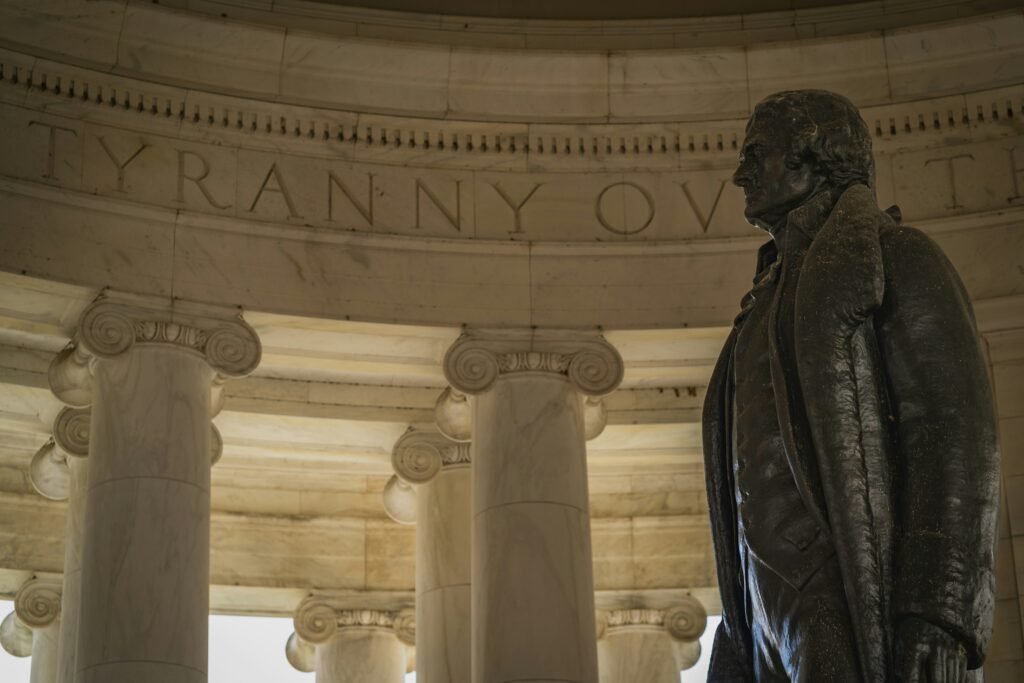

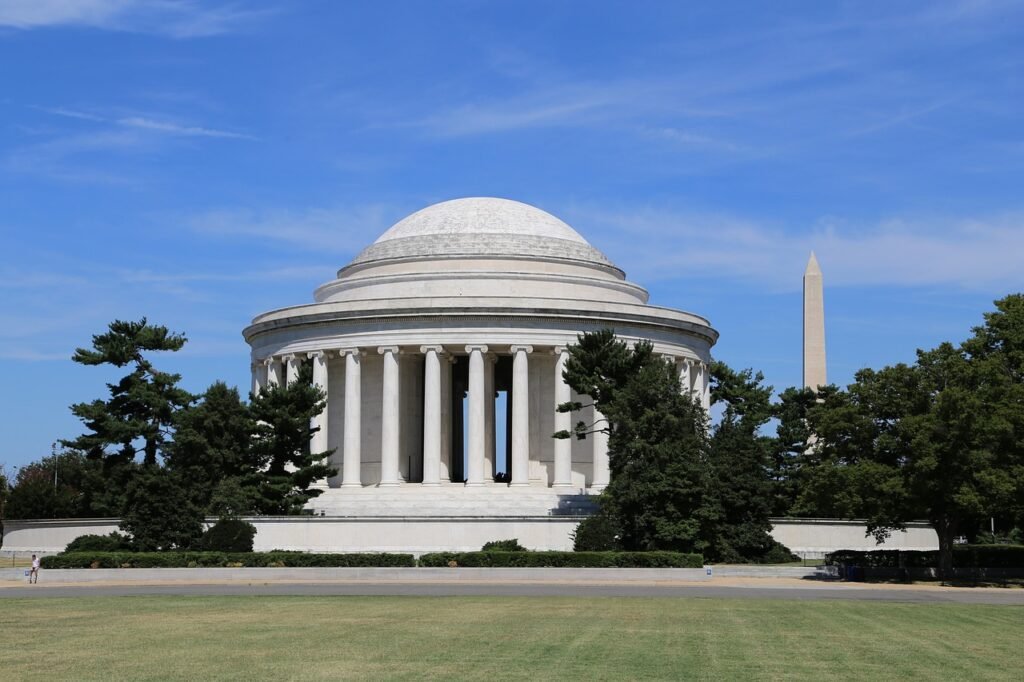
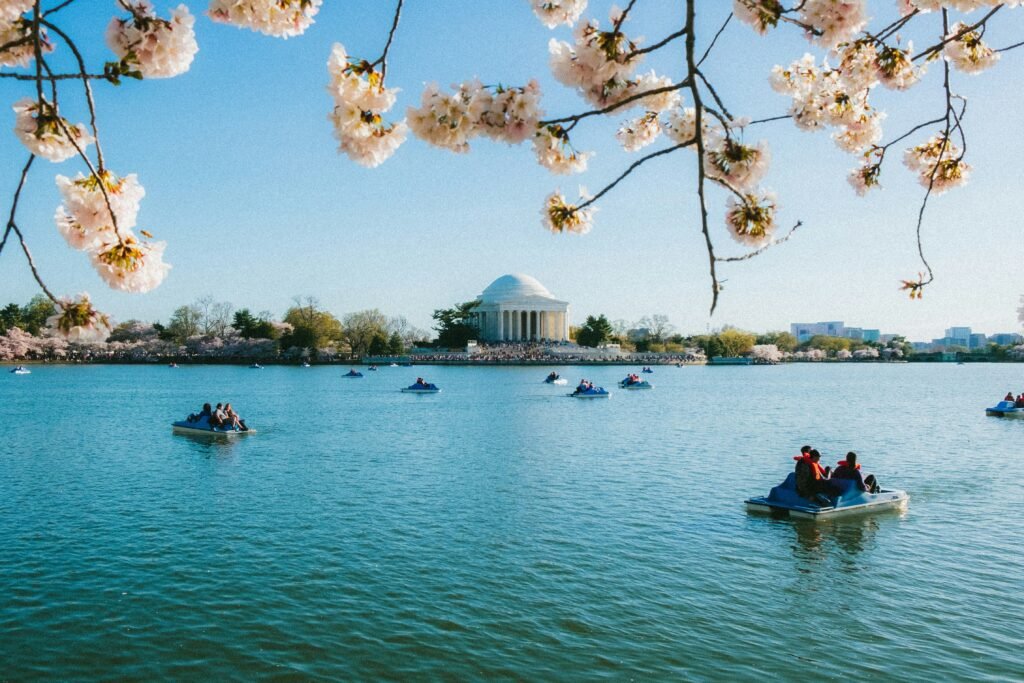


Designed by architect John Russell Pope, it reflects Jefferson’s ideals through classical architecture. Inspired by Rome’s Pantheon, the structure features a grand rotunda topped by a dome, symbolizing enlightenment and civic virtue. Built with white Georgia marble, the memorial embodies purity and timelessness in American democracy.
Positioned to face the Tidal Basin and National Mall, Jefferson appears thoughtful, showcasing his roles as a visionary and leader.
The memorial’s walls feature Jefferson’s most powerful words. These inscriptions highlight his dedication to liberty, freedom, and happiness. Visitors can reflect on these ideals while connecting with Jefferson’s enduring legacy.
The Jefferson Memorial is more than a monument; it is a celebration of America’s democratic principles. A visit here offers inspiration and a deeper appreciation for the values that define the nation.
Significance and Symbolism
The Jefferson Memorial in Washington, D.C., stands as a powerful tribute to Thomas Jefferson’s ideals of freedom and democracy. As one of America’s Founding Fathers, Jefferson championed human rights, education, and enlightened governance. His belief in equality, famously expressed in the Declaration of Independence, inspires the memorial’s design. Its circular structure symbolizes unity, inviting everyone to reflect on the values it represents.
Neoclassical architecture highlights Jefferson’s vision of self-governance and civic responsibility. The design, reminiscent of ancient democracies, connects America’s founding principles to historical ideals. Set along the Tidal Basin and surrounded by cherry trees, the memorial combines natural beauty with history. This serene setting reflects Jefferson’s love of nature and underscores the harmony between humanity and the environment.
The Jefferson Memorial also plays a vital role in American culture. It hosts significant civic events, such as Independence Day celebrations and memorial services. These gatherings emphasize the memorial’s role as a living symbol of democracy.
By visiting the Jefferson Memorial, you connect with Jefferson’s enduring legacy and the nation’s ongoing pursuit of equality and freedom. It’s more than a monument; it’s a call to reflect on the principles that define America.
Visiting the Jefferson Memorial: Tips and Experience
A trip to the Jefferson Memorial is both inspiring and peaceful. This landmark offers a glimpse into Thomas Jefferson’s legacy while showcasing the beauty of its surroundings. visit in the morning or afternoon. These times offer fewer crowds and ideal lighting, perfect for photos.
The National Cherry Blossom Festival, held from late March to early April, is a magical time to visit. The pink blossoms beautifully contrast with the white marble, creating a stunning scene. Strolling through the Tidal Basin during this season offers a memory to treasure.
While at the memorial, take a walk around the Tidal Basin. Nearby Martin Luther King Memorial and Franklin Delano Roosevelt Memorial. Both are within walking distance and add depth to your exploration of American history.
The Jefferson Memorial is accessible to all. Ramps and other accommodations ensure visitors with mobility challenges can fully enjoy the site. Restrooms and picnic areas make it easy to relax and take in the experience.
With thoughtful planning, your visit to the Jefferson Memorial will be more meaningful. Take time to reflect on its historical significance and enjoy the beauty it embodies.
